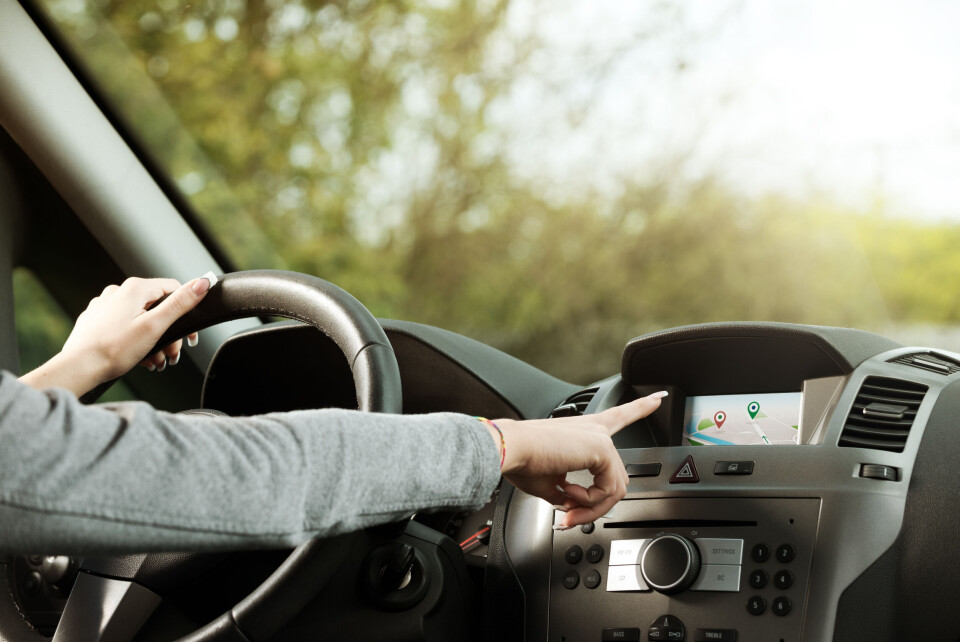-
Free fraud service for UK homeowners living in France
Owners are encouraged to sign up for a free monitoring service from HM Land Registry to reduce risk
-
New civic tests for foreigners in France launch amid criticism
Applicants for some types of residency cards must now take 45-minute test
-
Workers in France can take 17-day break using only eight days of leave in 2026
Favourable calendar for public holidays makes extended May break possible, with five guaranteed long weekends throughout year
Sat nav law change makes police checks in France harder to avoid
New rules effective this autumn will prevent software from likes of Google, Waze and TomTom from flagging up certain traffic information

Certain police checks will no longer be allowed to be shown on sat navs after a change to the law effective from November 1.
GPS navigation software such as Waze and Coyote are commonly used to help drivers get around and avoid police checks and speed traps. They give drivers advance warning of where speed cameras are, or where police may be coming up on the route.
But the new decree published in April and effective from the beginning of November will mean that police checks for drugs and alcohol cannot be flagged on drivers’ systems for at least two hours after the fact.
In the case of police operations in the event of a kidnapping or terrorist alert, the blackout will extend to 12 hours.
While speed traps will not be affected, a maximum radius will be introduced: 2km in urban areas and 10km in rural areas.
Questions still remain over how the new restrictions will be introduced, not least because each prefecture will be able to decide which police checks they want to hide.
This is partly because fewer than 10 meetings are said to have taken place between France’s interior minister and those behind the main sat nav systems, according to Auto Plus.
This change will not apply to national highways or motorways, where all police checks will still be flagged.
However, Auto Plus also said sat nav users in blackout areas would be prevented from reporting such things as accidents and obstructions on the road, or won’t be alerted about them.
What apps provide speed and police warnings in France?
-
Waze - Google-owned, global traffic and navigation app that provides alerts on accidents, traffic jams and speed cameras, and alternative routes to avoid traffic.
-
Coyote - French app that tracks current driving conditions across France and sends alerts about accidents, traffic jams, and dangerous areas.
-
Here WeGo - A map and navigation app that works in France and abroad, offering sat nav guidance as well as alternative public transport options.
-
Google Maps - The classic map app, which offers simple navigation as well as alerts on upcoming traffic blockages and other issues.
-
TomTom - The ‘original’ driving sat nav, TomTom is now an app that seeks to provide real-time traffic and travel information, including hazard prediction and weather warnings.
Related articles
French village’s action to stop Waze sending cars onto its rural roads
New winter tyre rules take effect on some French roads from November
























